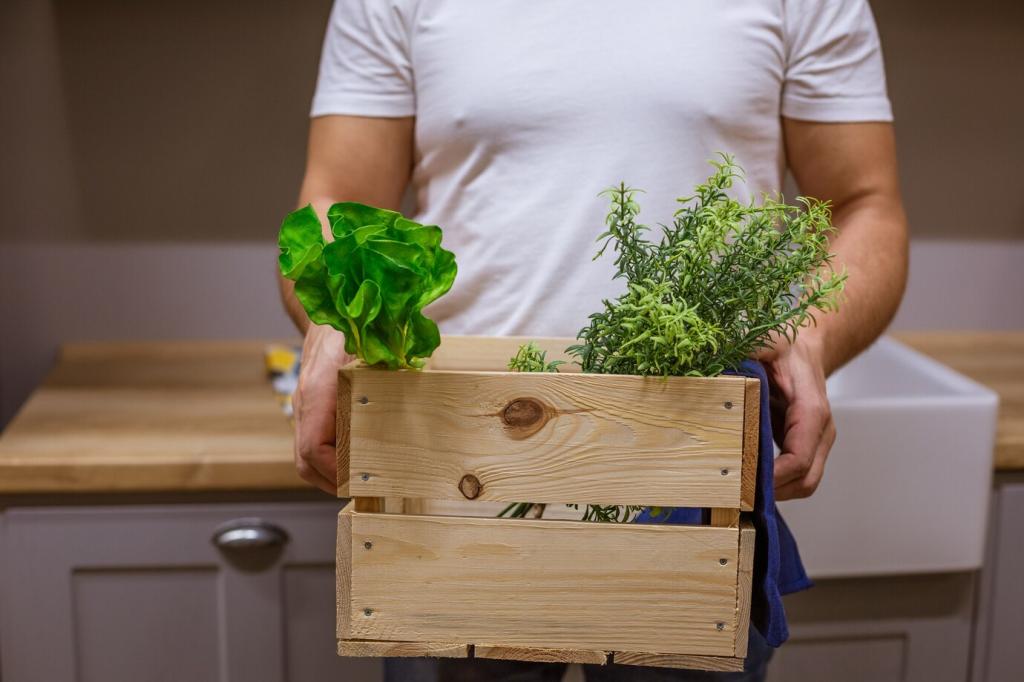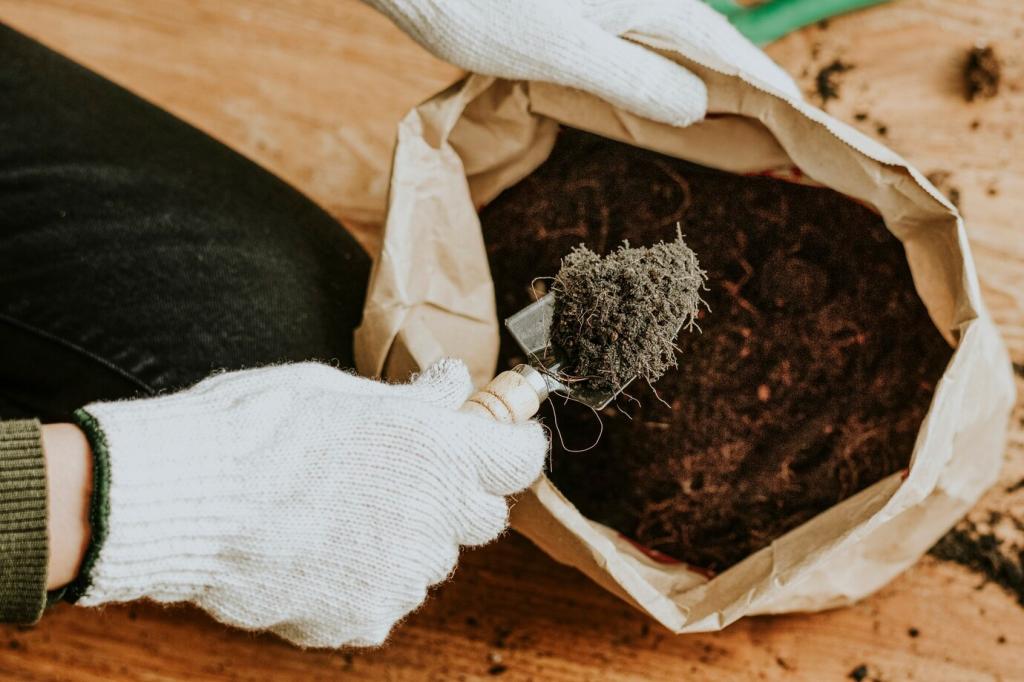What to Compost: Greens, Browns, and Perfect Balance
Use veggie peels, coffee grounds, tea leaves, and wilted herbs. Chop scraps small for faster breakdown. Skip oily foods, meat, and dairy—balcony bins prefer clean, plant-based inputs. Comment with your favorite chopping shortcuts for tiny kitchens and late-night compost sessions.
What to Compost: Greens, Browns, and Perfect Balance
Shredded cardboard, paper egg cartons, paper towels without grease, and dried leaves balance moisture. Keep a bag of browns by the bin to cover every addition. Subscribers often share cardboard-shredding tricks—join the discussion and level up your browns game today.



